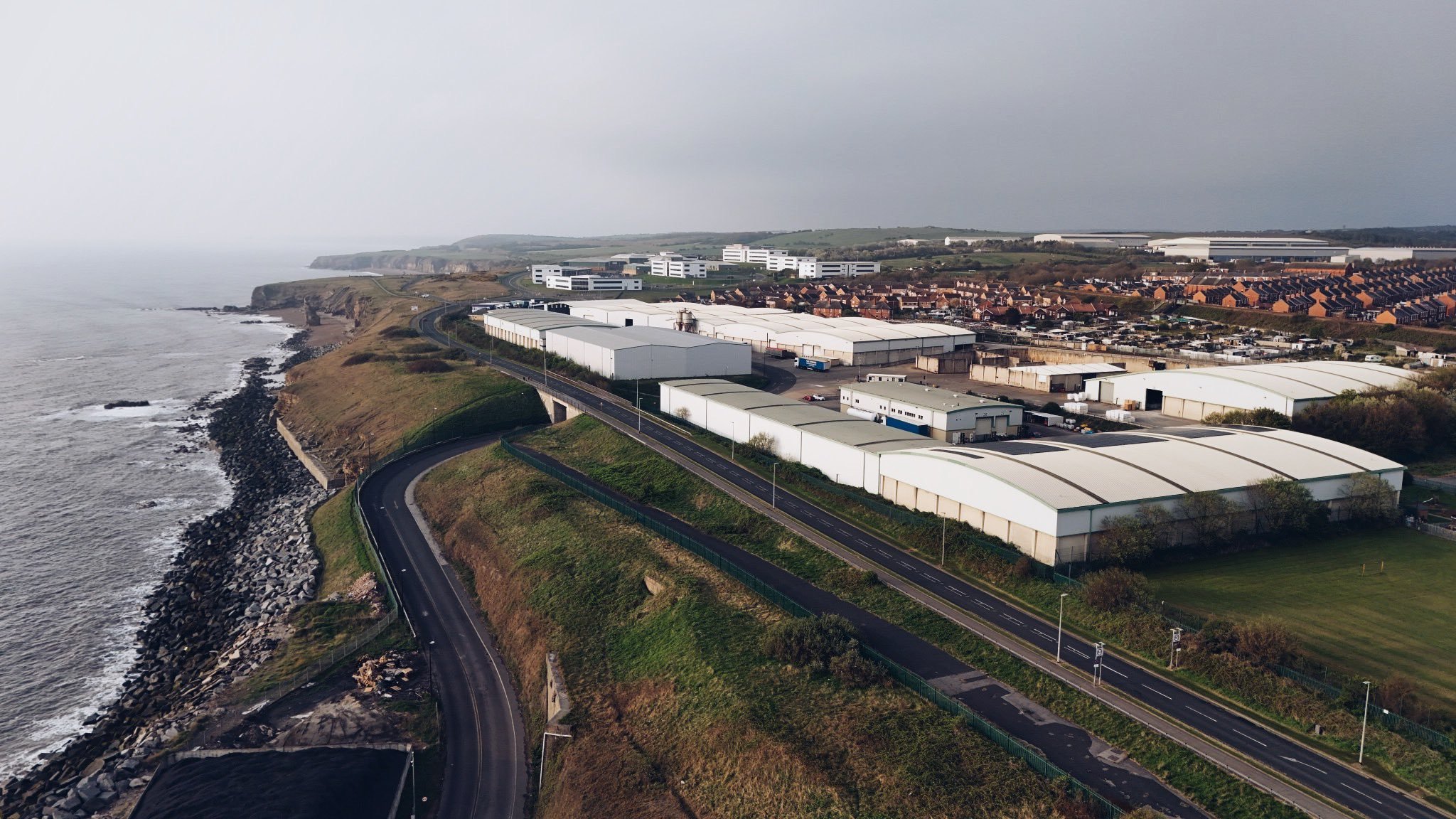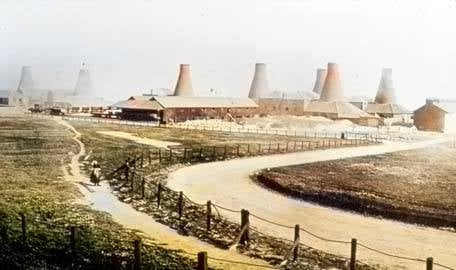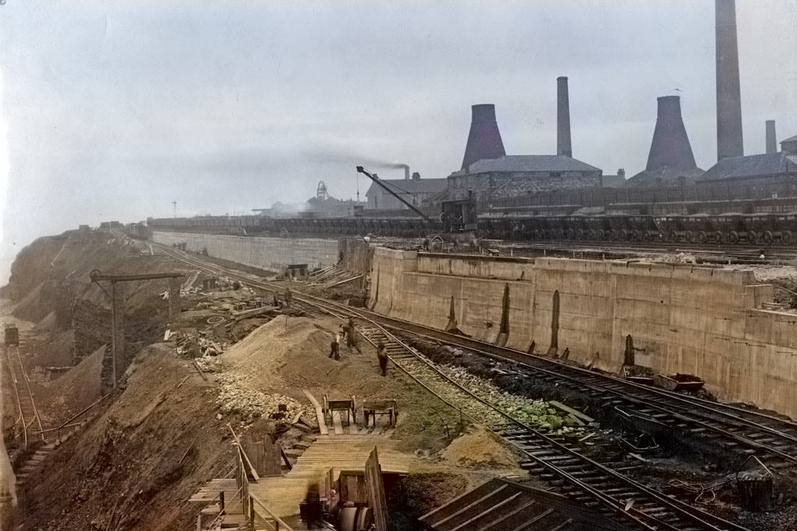
Seaham
Londonderry Bottle Works
Last Updated:
1 May 2025
Seaham
This is a
Glass Works
54.831768, -1.327664
Founded in
Current status is
Redeveloped
Designer (if known):

Now an industrial estate
Seaham become a regional industrial powerhouse because of three things: Its harbour, its collieries and... its bottle works!
This place started producing only a couple of decades after Seaham Harbour's inception, and like Hartlepool became a bit of a Silicon Valley for Tyne & Wear industrialists to set up shop with lots of land and resources to feast from.
The man responsible for Seaham's bottle works was John Candlish. He keeps cropping up everywhere for me this past week due to his various activities in Sunderland prior to these works. Born over at Tarset in Northumberland, he moved to Sunderland as an eleven year old to work in the bottle making industry. His brother Robert was manager of the Ayres Quay bottle works in later times, and while John continued to dabble in this he ended up shipbuilding, draperies as well as exporting coal from the riverside.
Thanks to his family expertise he was drawn to Seaham to acquire the lease of the Seaham Bottle Works in 1852, renaming it the Londonderry Bottle Works thanks to the landowner who provided it.
The works was pretty massive and almost became a village, with 5 rows of houses built to accomodate the workers. Two streets were named Candlish Terrace and Fenwick Row - the latter named after Henry Fenwick perhaps. They produced black bottles upon opening with two seperate houses, though within 40 years there would be 7 bottle houses here and at Sunderland, alongside its own school and reading room. It became the biggest bottling enterprise in Europe, with 500 workers and up to 20 million bottles a year.
Though working practices were often as you'd expect for the time, there was a trusting relationship between the workers and Candlish. Just after the Panic of 1857 Candlish fell into hard times, and the workers agreed to work for a period of a month with no pay to keep the works and their jobs alive. This feeling wasn't temporary as regular dinners were held with the Candlish's and workers over the next few decades to express mutual gratitude, and the Candlish's established a savings bank for their workforce too.
John ended up Mayor of Sunderland between 1858 and 1861 as well as the MP between 1866 - 1874. His legacy is eminent across the North Durham coast with his statue at Mowbray Park and the road named after him in Sunderland too.
The bottle works eventually closed in the early 1920s, relocating to London. Though factory lay in situ but disused for a number of decades after, and you can still find all the glass on the beach today.
Listing Description (if available)


We witness huge expansion on the maps dating from 1861 and the 1890s. The original map features two seperate bottle houses, though both ended up under the ownership of Candlish. It was connected to the dock railways by a crude section of sidings connected together, which at the end featured a limekiln - lime was added to the process and still a primary ingredient today.
There is also a single row of 3 houses for glass workers, but by the 1890s this grew into 5 seperate rows as noted above. The Seaham Bottle Works was a much larger site by this time, even having a pub named after it at the Pilot Houses. The Memorial Hall at the "village" was established by the Candlish family as a sort of reading room/institute type venue for the benefit of their workers.

By the Second World War, the complex had closed after relocation a couple decades prior. The Seaham Bottle Works and its towering chimney survived until the 1950s however, standing as a monument to Seaham's industrial legacy. The rows however did remain and Candlish Terrace provides a material reminder to this day alongside the seaglass scattered across the beach.

An aerial view of the bottle works site looking towards Blast Beach in April 2025.

The bottle works looking north somewhere around the turn of the 20th century. The glass cones dominate the landscape as they did in various parts of the North East.
Unknown original source.

Construction of the Outer Dock with the bottleworks in the background, this time with Dawdon Colliery further back. The photograph dates from 1925.
Source: Beamish Museum
